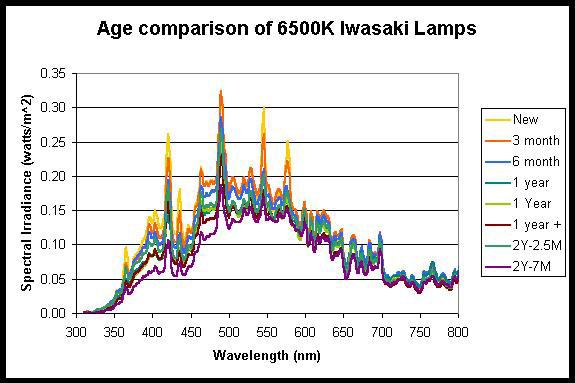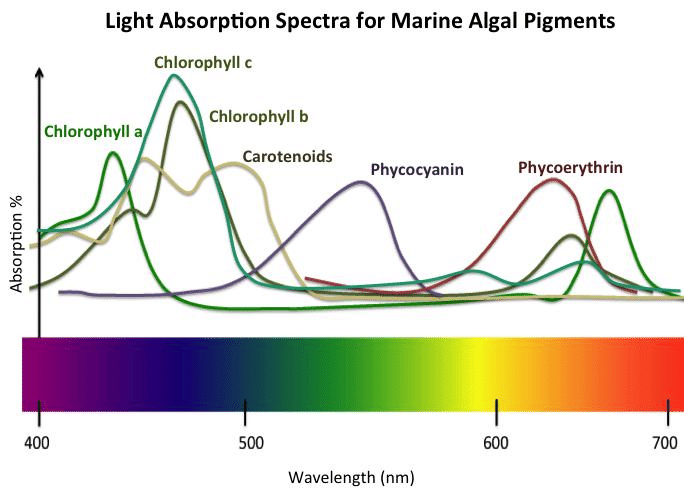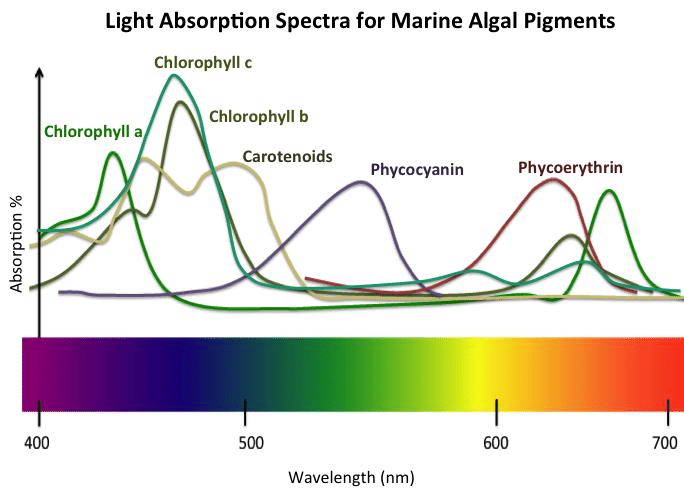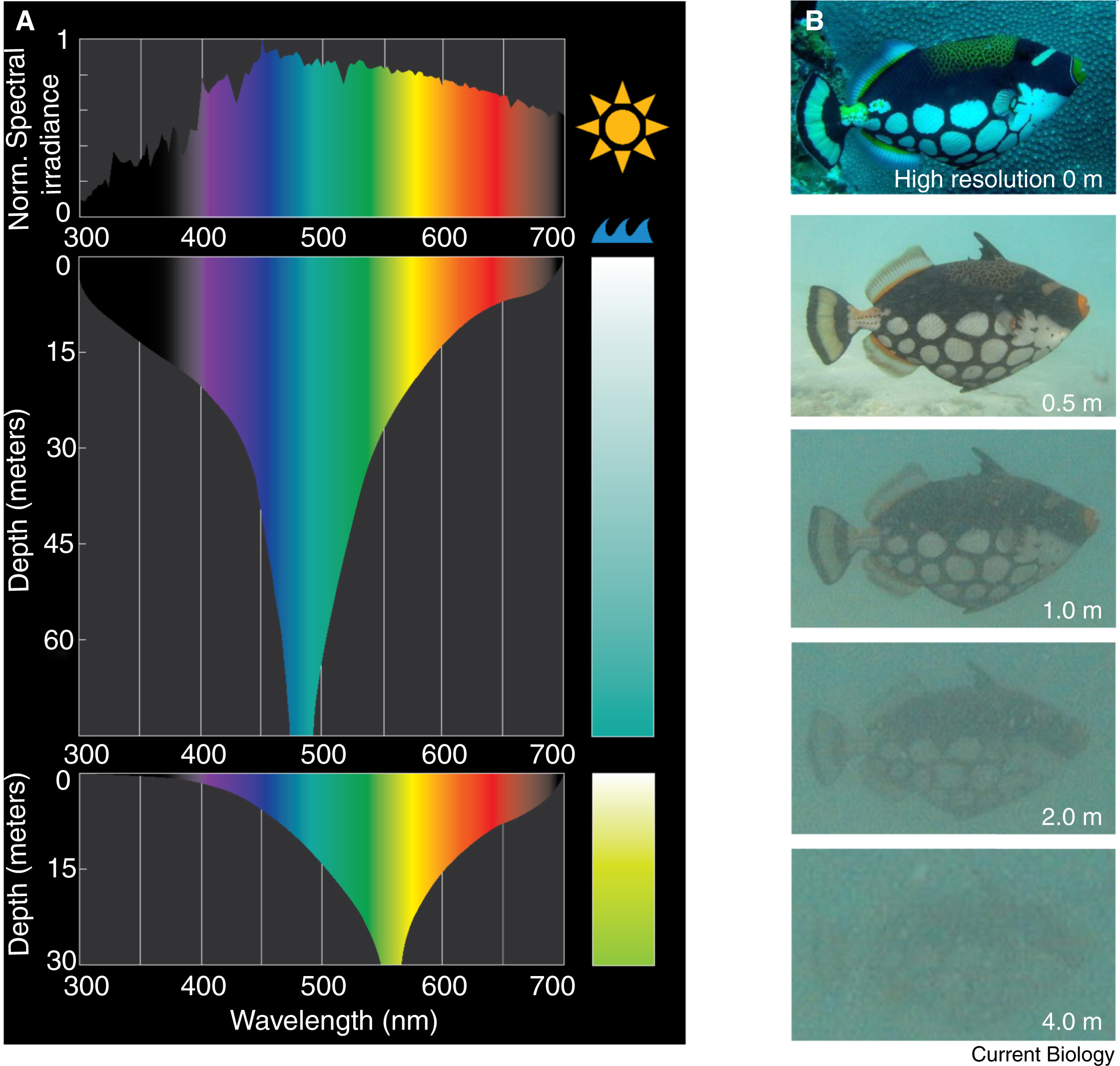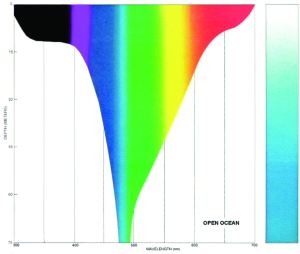- Joined
- Mar 24, 2019
- Messages
- 169
- Reaction score
- 166
Disappointed to hear that there is a separate controller/wifi dongle
I think this is actually good news for people who use multiple lights.
Theoretically it should be easier to connect and communicate with 1 unit rather than multiple since the lights are physically all plugged into the wifi controller.








